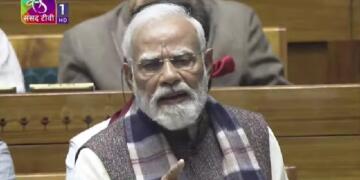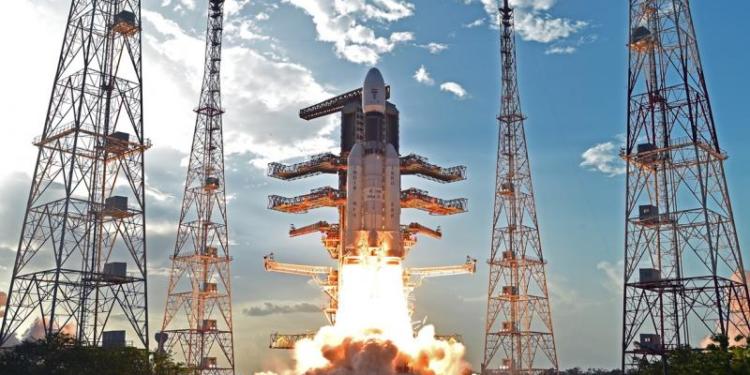In what corroborates India’s rapid progress in the field of space technology, it has been reported that India is set to launch its first manned space mission, Gaganyaan, in December 2021. ISRO chief, K Sivan has announced that women astronauts could be a part of the three member team. He said that both men and women are being trained.
Sivan gave a timeline of the mission and said that the plan is to send two unmanned missions in December 2020 and July 2021. It will be followed by the manned space mission in December 2021. He said, “The initial training for Gaganyaan will be done in India and advanced training maybe in Russia. A woman astronaut is likely to be there on the team.”
India’s plan to send a manned space mission had been announced last year by prime minister Modi during the Independence Day address when he announced that India would send a manned space mission by 2022 when the country completes 75 years of independence. He had then said that an Indian son or daughter would carry the National Flag on this mission.
The Gaganyaan, India’s first indigenous manned spaceflight, will carry a three-member team for a minimum of seven days at a cost of Rs. 10,000 crores. The ISRO chief made it clear that the deadline has been advanced to 2021 so that even if there is a setback, the prime minister’s target of 2022 can be achieved. The mission has been kept open for civilians. Sivan said that while the criteria for the first mission will be stringent, it will be relaxed for the second and third missions. He said, “We are not distinguishing. Indian Air Force (IAF) will be there, civilians can also be there. If they meet the required criteria and standard, they will be selected. The selection committee will take the final call.”
Once successfully undertaken, India will become only the fourth country in the world after the US, Russia and China to send humans to space. While India has a budget of $1.4 billion budget for the seven-day manned space mission, China had spent $2.3 billion on its space mission Shenzhou program. The US had spent $110 billion as per current values on its manned space mission in 1969. Therefore, India’s manned space mission could also be the cheapest space mission. It must be mentioned here that the entire project from technology development to flight hardware realisation and infrastructure is to be done within the approved budget. This by itself hints at India’s vast potential when it comes to space technology. It is not for the first time that the ISRO has been able to undertake a major project at an amazingly low cost. The Mangalyaan had cost India about $74 million, or about 11 percent of the price tag for NASA’s Maven probe. Prime Minister Modi had then said, “A one-km auto rickshaw ride in Ahmedabad takes Rs 10 and India reached Mars at Rs. 7 per km which is really amazing.” Therefore, the ISRO has been able to undertake its projects at a low cost on a consistent basis.
This will be a milestone in India’s space program, after the Chandrayaan-1 (October 2008) and Mars Orbiter Mission (MOM), also called Mangalyaan (September 2014). The Gaganyaan has already been approved by the Union Government.




























